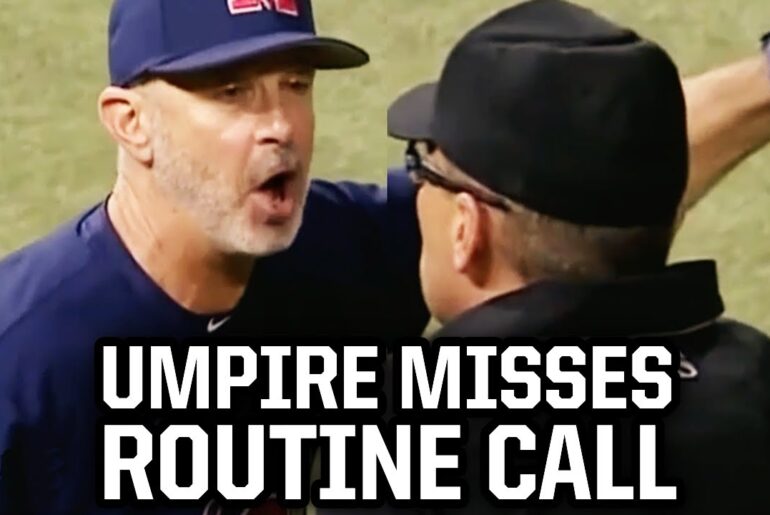In a thrilling matchup between the White Sox and the Twins, the game reached a pivotal moment with a tied score of two runs each. The bases were loaded, and there was only one out. A walk-off win was within reach for the White Sox, regardless of how the batter reached base – be it a hit, an error, a walk, or even a hit-by-pitch. This breakdown, brought to you by DraftKings, delves into the intense pitching sequence that followed.
Brock Stewart’s Pitching Mastery
Brock Stewart, the pitcher for the Twins, showcased his skills on the mound, making the situation even more intriguing. The camera displayed his pitch as a four-seam fastball, but it exhibited remarkable movement resembling that of a two-seam fastball. This deceptive pitch was the first strike. Stewart then followed up with a well-executed slider, resulting in a second strike. The interplay between these two pitches proved to be effective.
The O2 Pitch and an Unfortunate Outcome
With an 0-2 count, Stewart opted for a sweeping slider. The batter swung at the pitch, indicating a lack of control. At this point, it was crucial for the catcher to trust that he could catch the ball, as a wild pitch or a passed ball could have disastrous consequences. However, the ball got away from the catcher, leading to a wild pitch. As a result, the White Sox won the game, as it was now a 2-1 count.
A Twist in the Tale
Stewart continued to rely on his slider, delivering another one on the 1-2 count. This time, the batter fouled it off, prolonging the at-bat. However, things took an unexpected turn when Stewart decided to revert to his two-seam fastball. The pitch moved in the opposite direction, catching the batter off guard. In an attempt to evade the pitch, the batter raised his hands, only for the ball to strike him. This brought ambiguity into play, as a hit-by-pitch would result in a game-winning run for the White Sox, while a strike would lead to an out.
Controversy and the Manager’s Reaction
The batter, believing that he hadn’t been hit, immediately threw his hands up in response to the pain. He claimed that he had merely reacted to the impact, not intentionally trying to check his swing. The White Sox manager found himself in a state of confusion and frustration, unsure about the ruling. In his frustration, the manager threw his bat, which the umpire deemed to be a swing. The situation was now open to interpretation.
The Impact of the Swing and the Pain
The debate surrounding the batter’s swing revolved around whether the impact of the pitch influenced his subsequent motion. If the pitch hadn’t hit him, it’s unlikely that he would have been able to halt his swing. The momentum of the swing would have carried his bat further. However, the pain from the impact caused him to release his right hand from the bat and forcefully swing with his left hand. This sudden movement constituted a swing. Therefore, if he had managed to hold his swing, the game-winning hit-by-pitch would have been a possibility.
The Outcome and the Pitching Display
Ultimately, the ruling was made that the batter had swung at the pitch, resulting in an out. The White Sox missed the opportunity to secure a victory in that moment. Looking back at the pitching sequence, one can understand why the batter swung. The consecutive sliders presented a challenging situation, with the batter leaning towards expecting another slider. However, Stewart surprised him with a two-seam fastball that moved inside and hit him. It was an exceptional display of pitching mastery.



